At the first meeting with 168 communes, wards and special economic zones after the merger in early July, Mr. Nguyen Van Duoc, Chairman of the Ho Chi Minh City People's Committee, requested the Department of Construction to preside over and quickly prepare for the planning of the new Ho Chi Minh City.
The Chairman of Ho Chi Minh City requested not to worry about cost issues, to choose a worthy consulting unit, to carry out the planning of Ho Chi Minh City to demonstrate a new vision - by 2030, Ho Chi Minh City must be in the Top 100 most livable cities in the world .
Re-planning Ho Chi Minh City with the mindset of a coastal city
Dr. Ngo Viet Nam Son said that Ho Chi Minh City has now become a real coastal city, and cannot continue to plan in the direction of "facing the sea" as before. Besides the advantages of large industrial seaports, it is necessary to develop a chain of coastal eco-tourism urban areas from Can Gio - Vung Tau - Ho Tram extending to Phan Thiet (Lam Dong) similar to the development models in Dubai.
In addition, the large space with a series of infrastructure advantages is a golden opportunity for the new city to develop.
Mr. Son said that for a long time, the quadrilateral of Ho Chi Minh City, Dong Nai, Binh Duong, and Ba Ria - Vung Tau has always been the most potential area not only in the Southeast region but also in the whole country, the provinces and cities with the highest budget contributions; the economic region has good infrastructure and all 4 provinces and cities have the highest income.

Re-planning Ho Chi Minh City to be worthy of the three major economic pillars, especially the region with GDP accounting for nearly 1/4 of the country. (Illustration: Luong Y)
Binh Duong has the largest railway station in the country, Song Than. Dong Nai has the largest airport in the country, Long Thanh, and Ba Ria - Vung Tau has the most modern port cluster, Thi Vai - Cai Mep. Ho Chi Minh City is the largest economic and financial center in the region.
With this economic potential, the merger of Ho Chi Minh City with Binh Duong and Ba Ria - Vung Tau will possess the best things that have never been seen before. After the merger, this quadrilateral area, although no longer a quadrilateral as before, will reach a new height. And the new Ho Chi Minh City will calculate the economic and urban problems completely differently.
"Previously, Ho Chi Minh City thought about planning and developing a multi-centered urban area, but it still depended on the will to connect the regions of the city together. The limitation is that the connection with Can Gio is quite weak, because Can Gio is a biosphere reserve that must be preserved. To build Can Gio international port, the city had to build a transit port, not much connection with local production and services. But with the new Ho Chi Minh City, with Ba Ria - Vung Tau, the connection between urban and seaport areas is completely different," said Mr. Son.
This expert analyzed that Can Gio port will be located in the Thi Vai - Cai Mep cluster and connected to each other possibly by a short bridge connecting Vung Tau to Can Gio.
On the Binh Duong side, it will connect at Song Than station to Thi Vai - Cai Mep, forming a cluster linking from Song Than - Thi Vai - Cai Mep - Can Gio. This connection truly awakens the potential of gold forests and silver seas of Can Gio.
Ho Chi Minh City's urban connectivity is also completely different as it no longer depends on metro line 1 Ben Thanh - Suoi Tien, but the connection line from the existing inner city of Ho Chi Minh City to the new city of Binh Duong and back down to Vung Tau will be a very important backbone route.
Meanwhile, Binh Duong is a very high land, when it becomes a part of Ho Chi Minh City, it only needs to open up connecting infrastructure, urban development in this direction is very sustainable. In addition to its industrial advantages, Binh Duong is also an opportunity to develop housing, especially low-cost housing and develop urban areas that are safe against climate change.

Ho Chi Minh City has nearly one-third of the country's ports, with the Thi Vai - Cai Mep port cluster among the world's 19 deep-water ports that can accommodate super-sized and super-heavy ships. (Photo: Luong Y)
However, the new planning needs a regional rather than local mindset. For example, the city currently has two bordering provinces, Tay Ninh and Dong Nai, which are not coastal but have international border gates, which are important links connecting the ASEAN economic corridor. Therefore, development cannot be separated from cooperation and benefit sharing between provinces.
" Ho Chi Minh City has important backbones, especially connecting with Dong Nai, then regional connectivity will be much stronger. This connectivity will create socio-economic superiority for the Southeast region. I hope that Ho Chi Minh City's planning will soon be adjusted, re-evaluated and exploited for new factors, to take advantage of opportunities.
Ho Chi Minh City should not hesitate to take time to adjust the new planning for a large city after the merger. Because the adjustment will increase the effectiveness of the planning, in the context of our sustainable economic development with double-digit growth. I hope that in the future, the Thi Vai - Cai Mep port cluster will have a railway so that after production, goods will be loaded onto trains and pulled to ships. That is the model that Ho Chi Minh City is aiming for," Mr. Son added.
Mr. Dinh Hong Ky, Vice President of the Ho Chi Minh City Business Association, also said that Ho Chi Minh City must re-plan to its new position.
"Ba Ria - Vung Tau in the past, now Ho Chi Minh City, has Cai Mep port, the largest deep-water port in Vietnam, which is a great asset for today and tomorrow. In the new planning, we need to focus resources on Cai Mep. Because the Bien Hoa - Vung Tau expressway is about to be put into operation, Long Thanh airport is also about to be completed, and a series of belt roads, then Cai Mep port will have a great advantage.
In addition, when Cai Mep Ha becomes a free trade zone, Cai Mep deep-water port itself will be able to compete with Singapore, becoming a major transit point, and cargo ships will no longer need to go through Singapore," Mr. Ky calculated.
He also suggested the need for a connection between Can Gio and the old Vung Tau, by investing in a bridge connecting Can Gio to Vung Tau.
Planning adjustment is an urgent requirement.
According to architect Pham Tran Hai - Deputy Head of Urban Management Research Department, Ho Chi Minh City Institute for Development Studies, planning adjustment is an important task after the city merged administrative boundaries. The Institute has proactively advised the Ho Chi Minh City People's Committee on this task, to ensure that the integration process does not create legal gaps and maintain the direction of sustainable development.

When Can Gio connects with Ba Ria - Vung Tau, its advantages of golden forests and silver seas will be awakened. (Photo: M. Quynh)
On June 27, the National Assembly passed a resolution allowing the current provincial planning to continue until the new planning is adjusted. However, urban and infrastructure planning needs to be addressed soon to avoid investment stagnation.
Mr. Hai emphasized that the adjustment of the new Ho Chi Minh City planning needs to be based on three strategic pillars, which are restructuring development space; connecting inter-regional traffic infrastructure; synchronizing infrastructure and investment allocation.
The restructuring of development space should pay attention to gathering previously separate planning "plots of land" to build unified development areas, avoiding competition with each other - such as between seaports or industrial zones. For example, Binh Chanh can reduce industrial development, moving to Binh Duong and Ba Ria - Vung Tau areas, where there is more room.
In terms of connecting inter-regional transport infrastructure, experts from the Institute for Development Studies noted that connecting the urban railway system between Ho Chi Minh City, Binh Duong, and Ba Ria - Vung Tau (old) should avoid being disjointed like the old planning, and adjusting and supplementing connecting routes from Vung Tau - Can Gio - Ho Chi Minh City center - Dong Nai.
In addition, the planning adjustment must pay attention to reviewing the entire list of priority investment projects of the three localities before, and divide them into two groups: the group of projects that need to upgrade their priority level such as belt roads, inter-provincial connecting routes; projects that need to reconsider their level of urgency such as administrative centers, train stations, and industrial parks.
Currently, Ho Chi Minh City has 3 planning layers, including provincial planning (city level), general planning (specific to special urban areas), and urban planning at district/commune level (such as Thu Duc City). These plans must be reviewed and closely integrated to avoid overlap or conflict.
New planning will erase local areas
According to Mr. Pham Tran Hai, the planning of the new Ho Chi Minh City needs to be implemented in a short time, so it is necessary to promote the socialization of resources in accordance with the spirit of Resolution 68 on promoting the role of the private economy. This is the most important driving force for development.

Binh Duong not only has advantages in industry and logistics but is also a favorable area for housing development, especially urban development that is safe against climate change. (Photo: Luong Y)
Post-merger planning adjustments should follow the principle of local self-determination, self-implementation and self-responsibility. If the National Assembly passes the amendment to the Planning Law next October, Ho Chi Minh City and the provinces can more easily resolve legal issues and speed up implementation.
Experts expect that the new planning mindset will no longer be local but will connect for development. Dr. Ngo Viet Nam Son gave an example of the past, where project development often had the mindset of “keeping the benefits for oneself”, leading to conflicts and overlaps between localities. For example, the connecting road from Ba Ria - Vung Tau to Can Gio was once “shelved” due to competition.
Now, as a unified entity, we will transform the thinking of spatial planning for interconnected development, sharing benefits, and developing together.
In particular, Ho Chi Minh City must always promote its role as “the locomotive pulling the whole train”, and cannot only care about itself. To do so, the city must soon adjust its planning and integrated regional planning direction - integrating transportation, urban, economic, natural resources, and environment.
Mr. Dinh Hong Ky said that a new megacity has been formed. The merger of three localities not only created a new megacity of 14 million people, but also created three rare pillars in the Southeast Asian region. The first pillar is in the center of Ho Chi Minh City with the advantage of a strongly developing financial, service and commercial center.

Ho Chi Minh City will be one of the most livable cities in the world by 2030, with a vision to 2045. (Photo: Luong Y)
The second pillar is the industrial and logistic strengths in Binh Duong and the Ba Ria - Vung Tau pillar with advantages in industry, eco-tourism services, logistics, and the largest deep-water seaport in Vietnam and the region.
Previously, the potential and advantages were still there, but barriers in administrative procedures, boundaries, customs, and even locality prevented the development of the three cities. Now that they are under one roof, businesses hope that the old barriers will be removed and the advantages will continue.
"Investing in Ho Chi Minh City in the past, to be fair, businesses encountered many barriers, from complicated administrative procedures, high land prices, and long licensing times, so businesses moved to neighboring provinces such as Long An, Dong Nai, Binh Duong, Ba Ria - Vung Tau...
Currently, with the new Ho Chi Minh City, our businesses are worried: Will the previous barriers of Ho Chi Minh City create new barriers for Binh Duong and Ba Ria - Vung Tau when they merge, when these are bright spots in investment and administrative reform? If there is no change, businesses will return to Long An (Tay Ninh) and Dong Nai," Mr. Ky frankly said.
This businessman believes that the new Ho Chi Minh City needs an open mechanism, strong administrative reform, and the administrative apparatus of the three localities after the merger complement each other, creating the strength of the merger, to promote innovation and new development for the new Ho Chi Minh City.
Source: https://vtcnews.vn/quy-hoach-lai-tp-hcm-xung-tam-cua-3-tru-cot-kinh-te-lon-nhat-ar952734.html



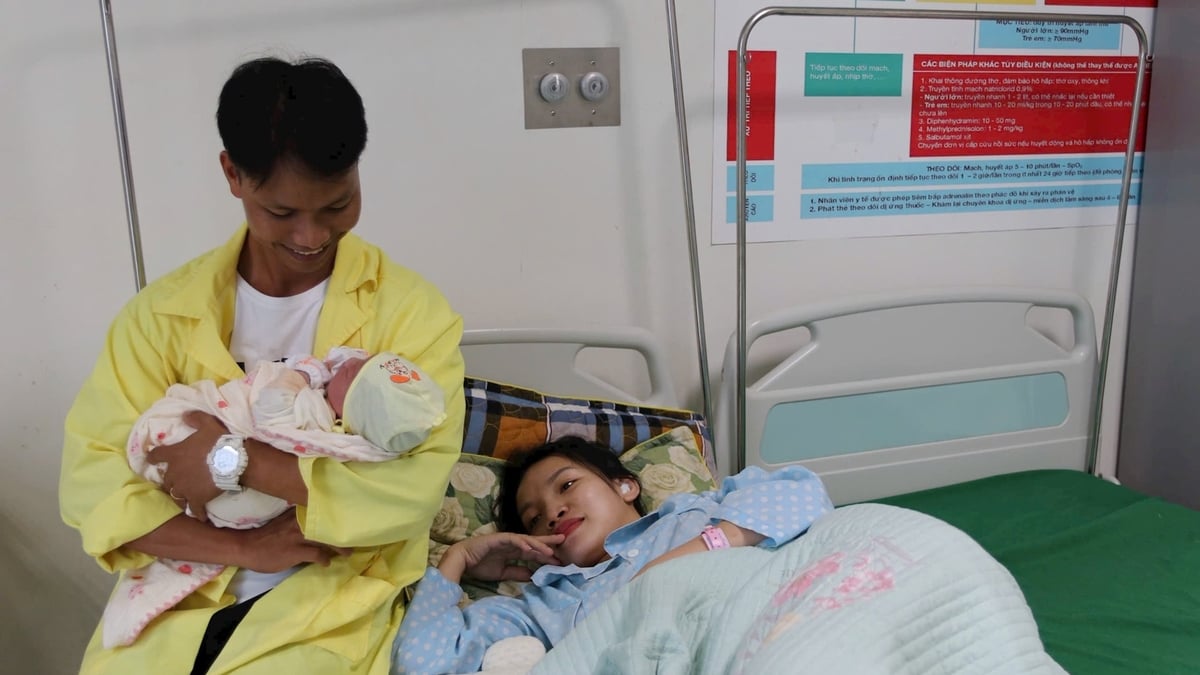
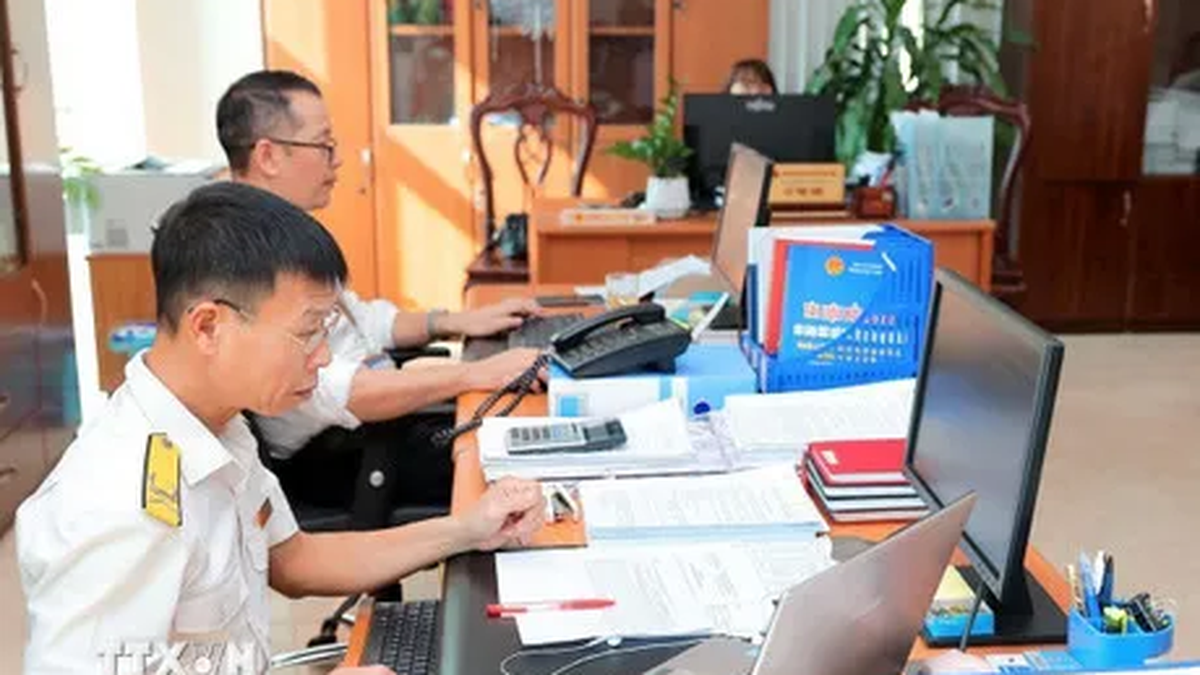


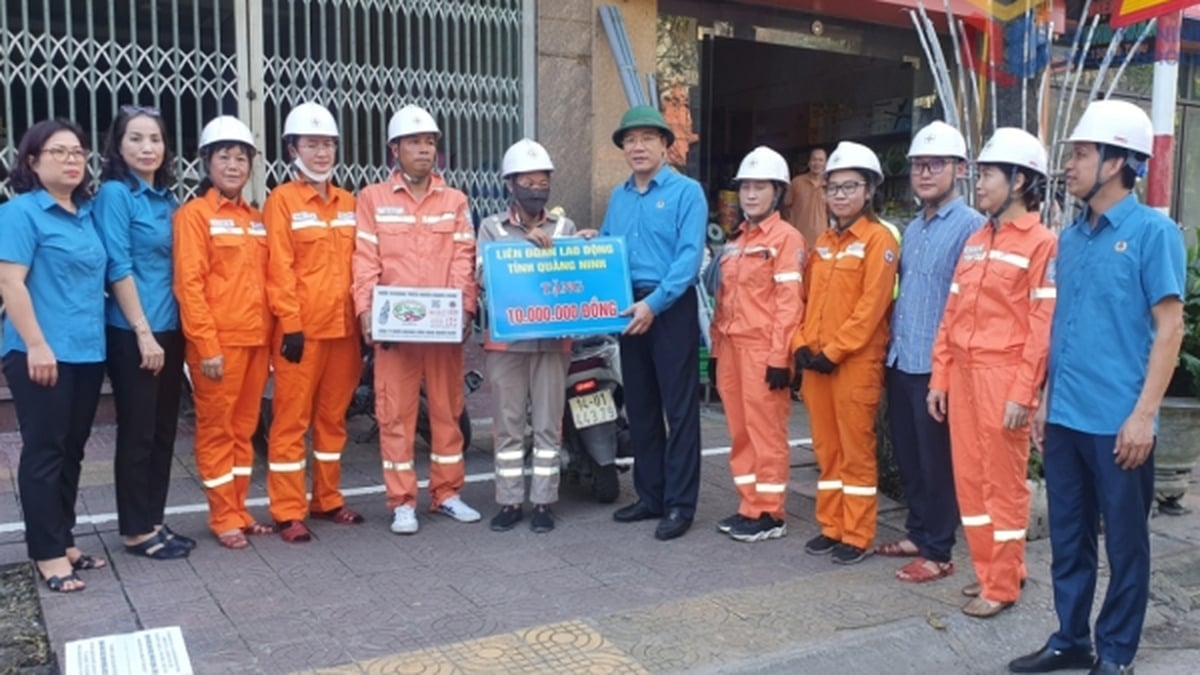

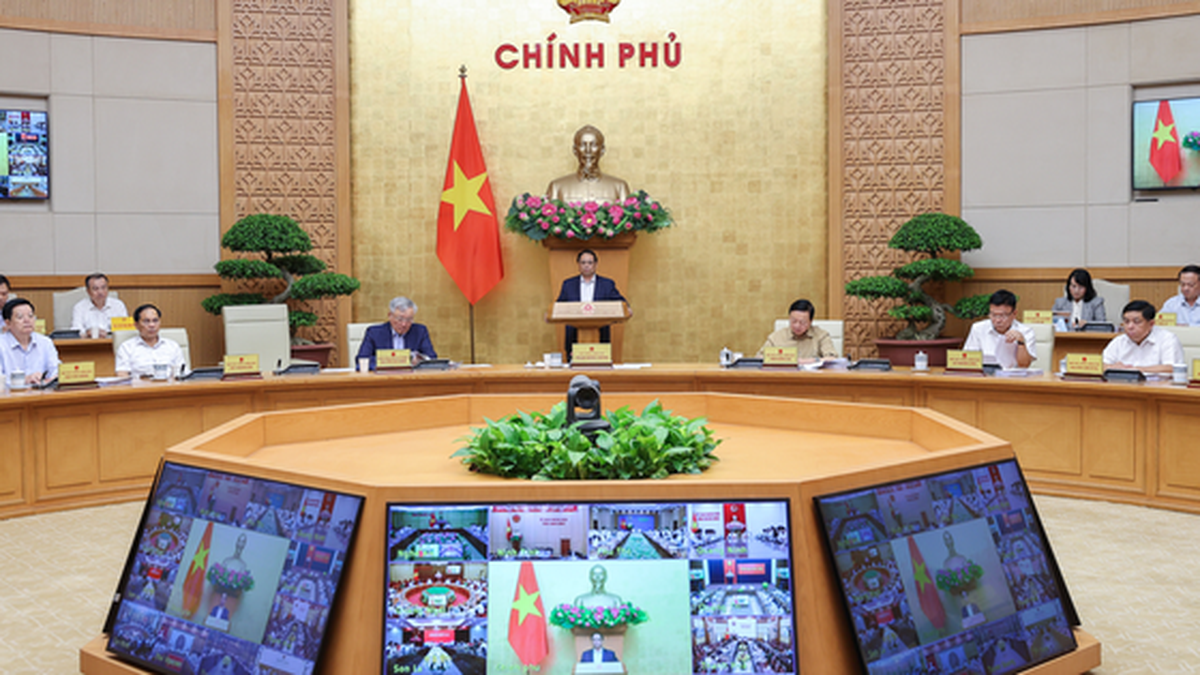
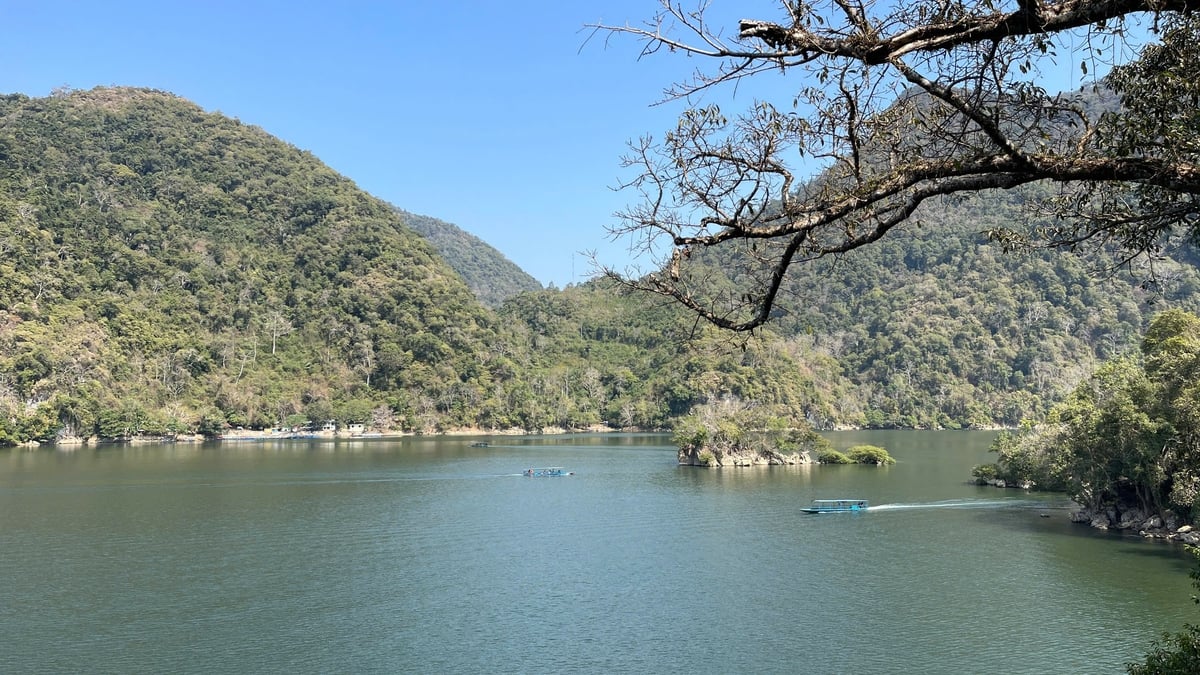
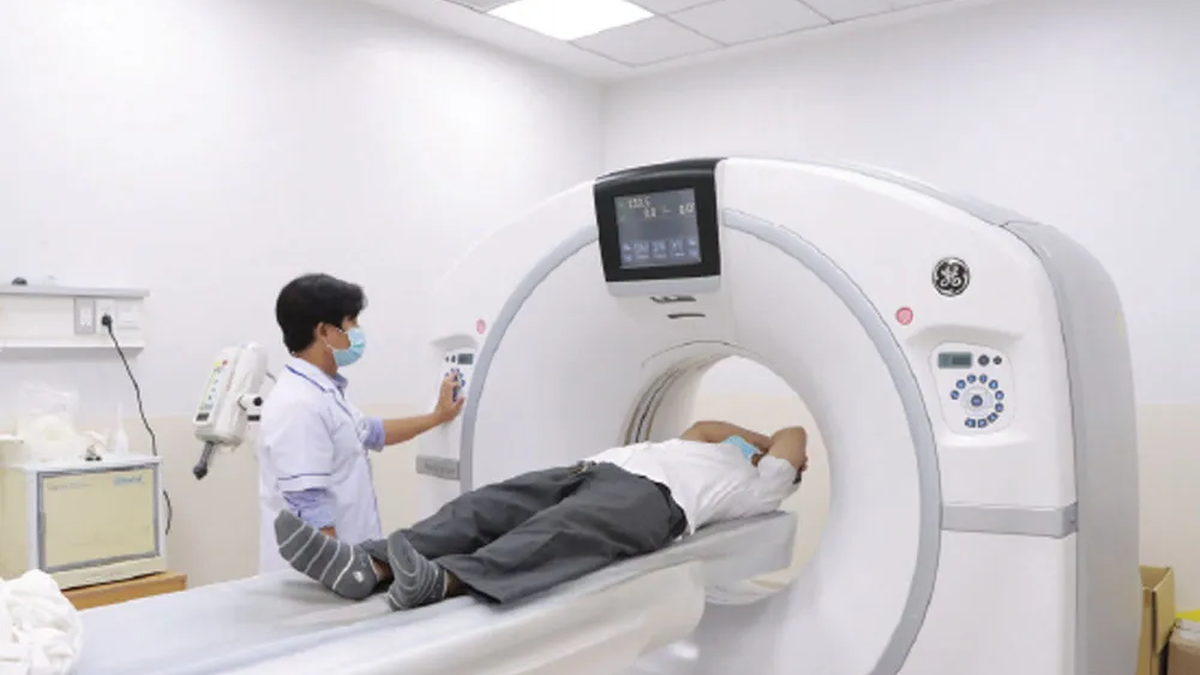










![[Photo] Gia Lai provincial leaders offer flowers at Uncle Ho's Monument with the ethnic groups of the Central Highlands](https://vphoto.vietnam.vn/thumb/1200x675/vietnam/resource/IMAGE/2025/7/9/196438801da24b3cb6158d0501984818)



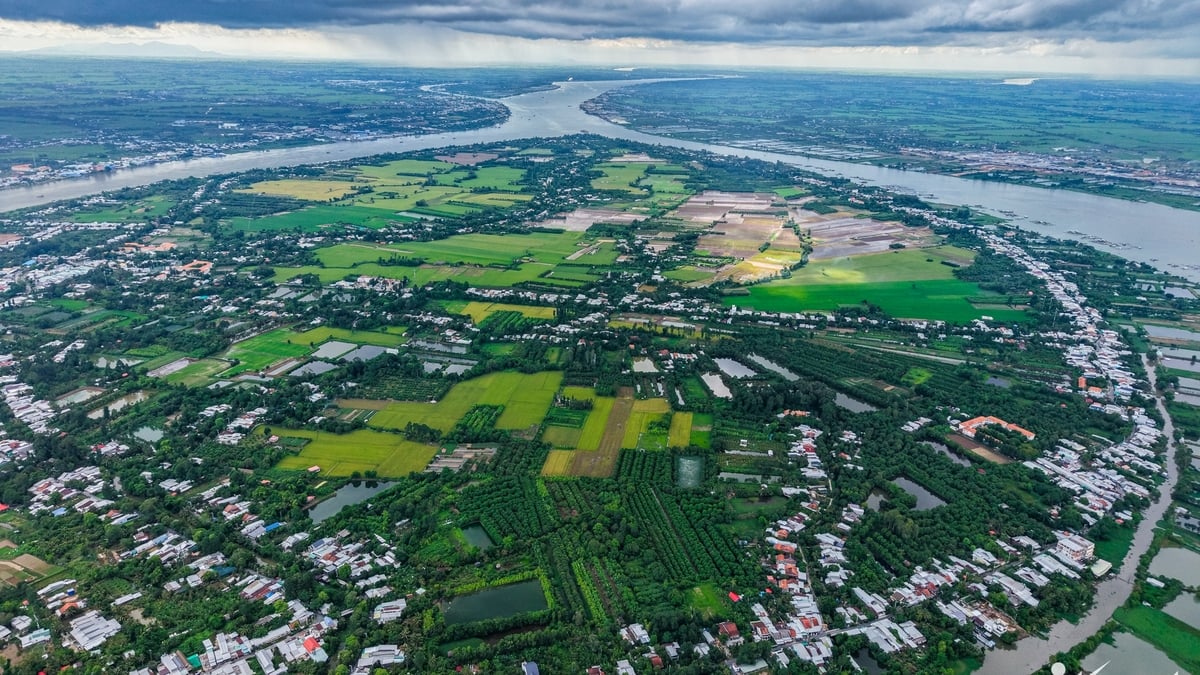











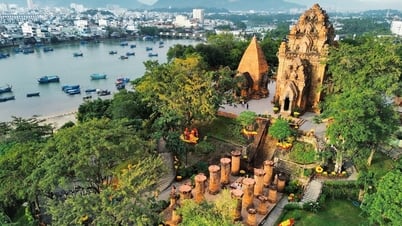



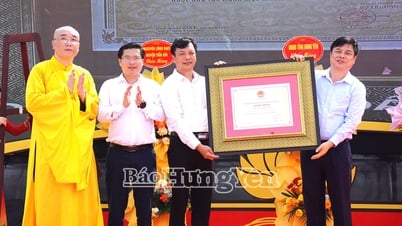



















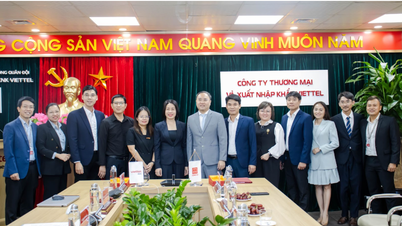
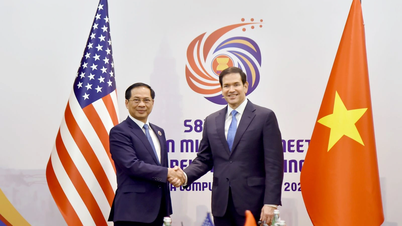
![[Infographic] Parade program to celebrate the 80th anniversary of August Revolution and National Day September 2](https://vphoto.vietnam.vn/thumb/402x226/vietnam/resource/IMAGE/2025/7/12/3bf801e3380e4011b7b2c9d52b238297)

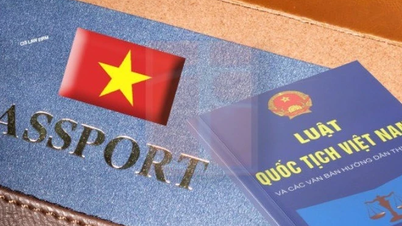


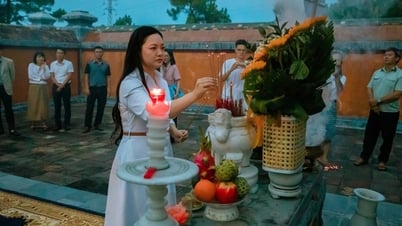





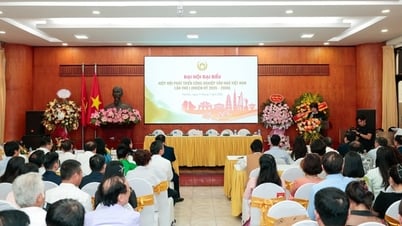

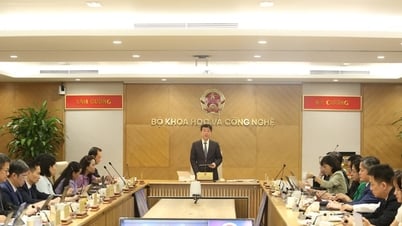
























Comment (0)